
Wind-Assisted Propulsion Systems (WAPS): A Game Changer for Maritime Decarbonization
Wind-Assisted Propulsion Systems (WAPS) offer a powerful solution by harnessing wind energy to reduce fuel consumption and emissions.

Wind-Assisted Propulsion Systems (WAPS) offer a powerful solution by harnessing wind energy to reduce fuel consumption and emissions.
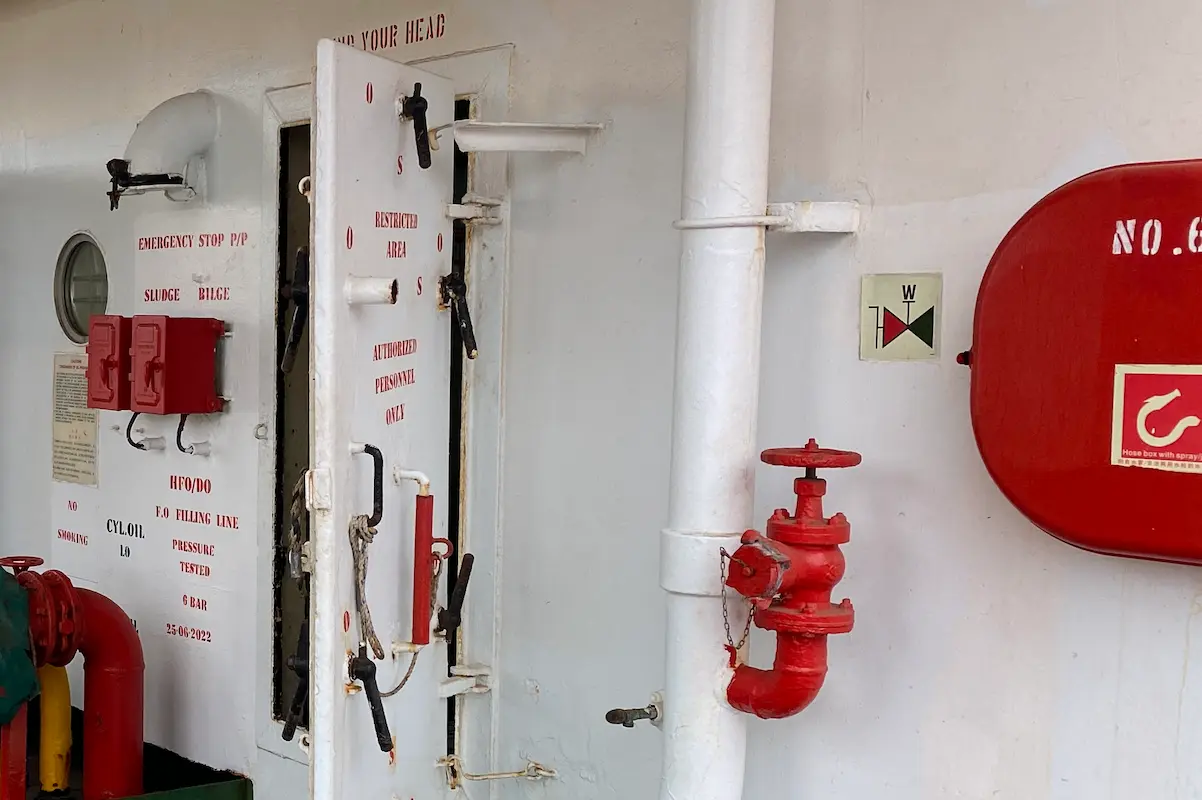
All ships must comply with fire hose SOLAS Requirements outlined in regulations 10, particularly Chapter II-2, Part C “Suspenssion of Fire”.
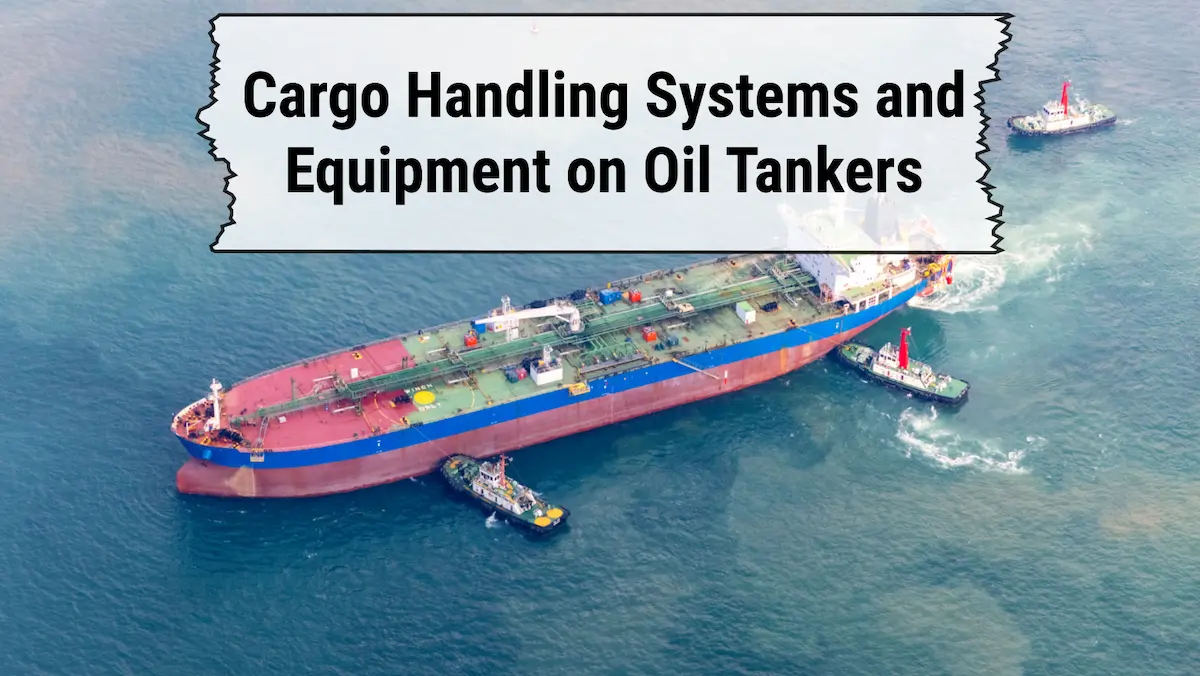
Learn about oil tanker cargo systems, from pumps to safety alarms, ensuring safe oil transfer, storage, and handling through regulated procedures and equipment.
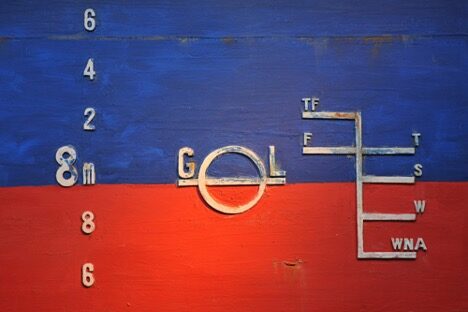
Ship tonnage explains a vessel’s capacity, impacting regulations, fees, safety, and construction—vital in modern shipping for efficiency and compliance.
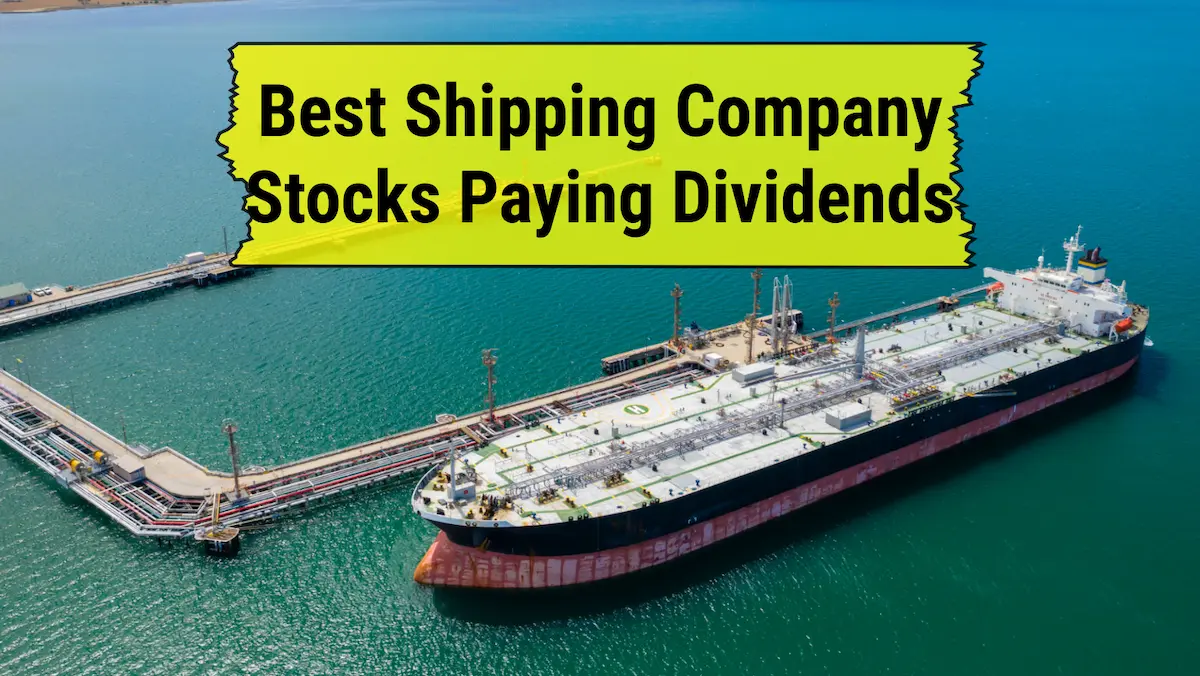
Discover the top 10 dividend-paying shipping stocks, their yields, market positions, and what makes each an attractive choice for stable income and growth.
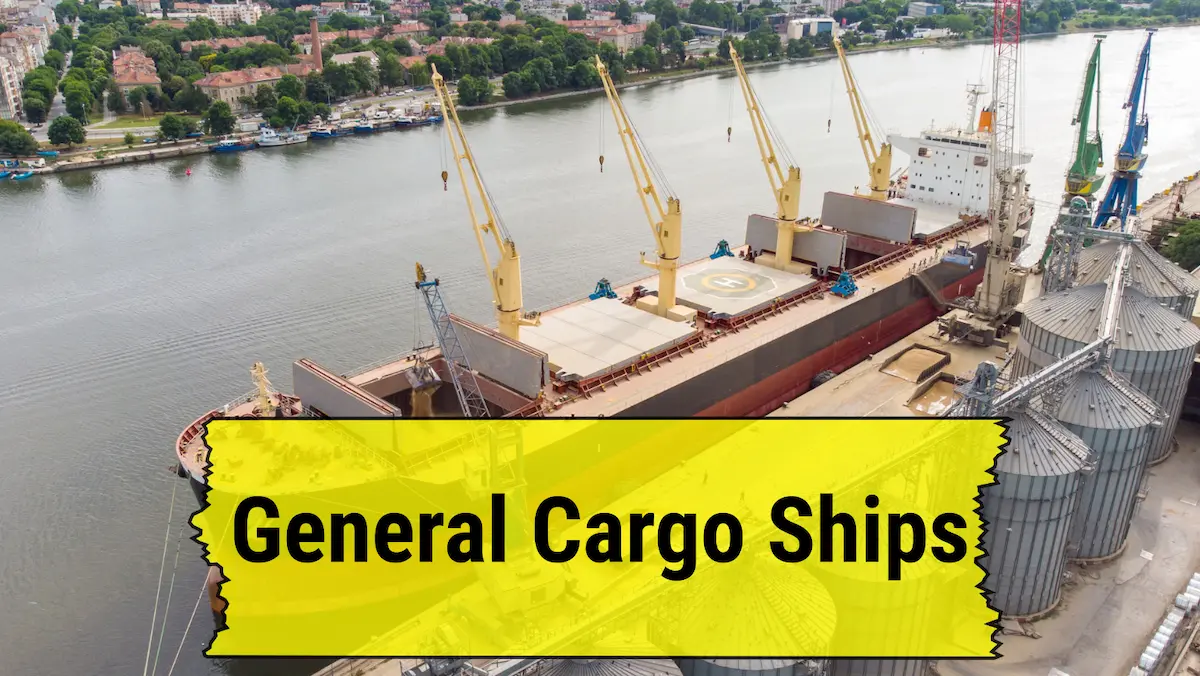
Learn how general cargo ships handle diverse cargo, operate on remote routes, and adopt innovations for safer, greener shipping.
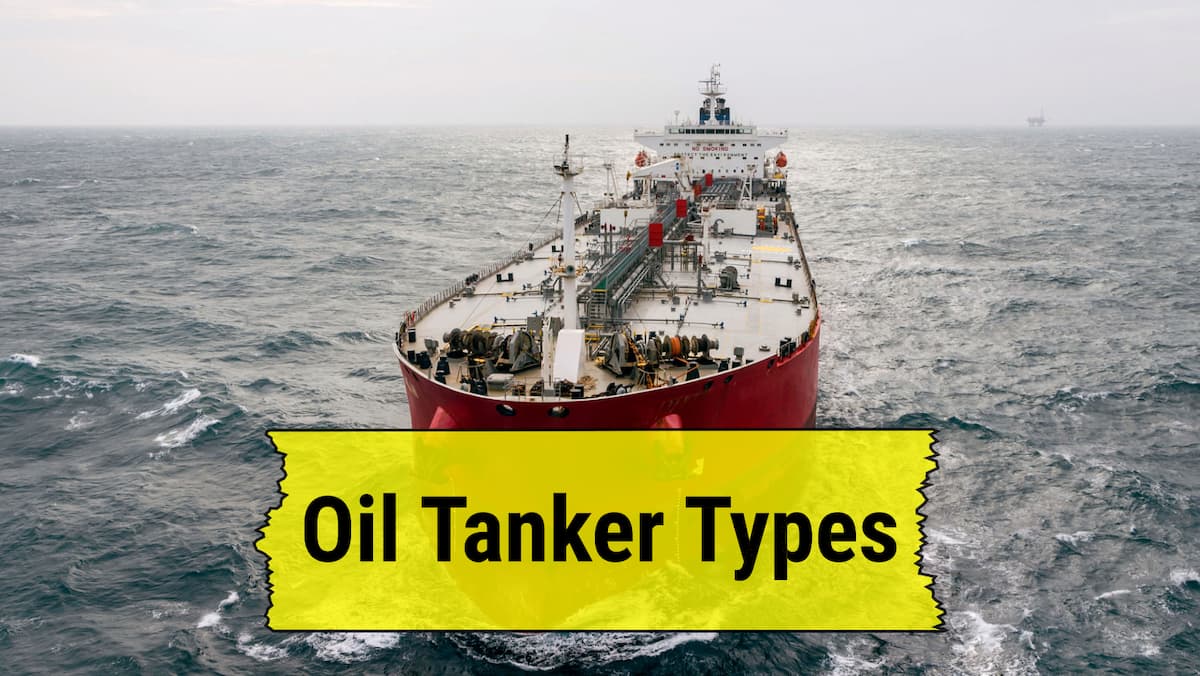
Discover the types of oil tankers, their classifications, and regulatory compliance essentials, with insights on how ABS, LR, and DNV uphold operational safety.
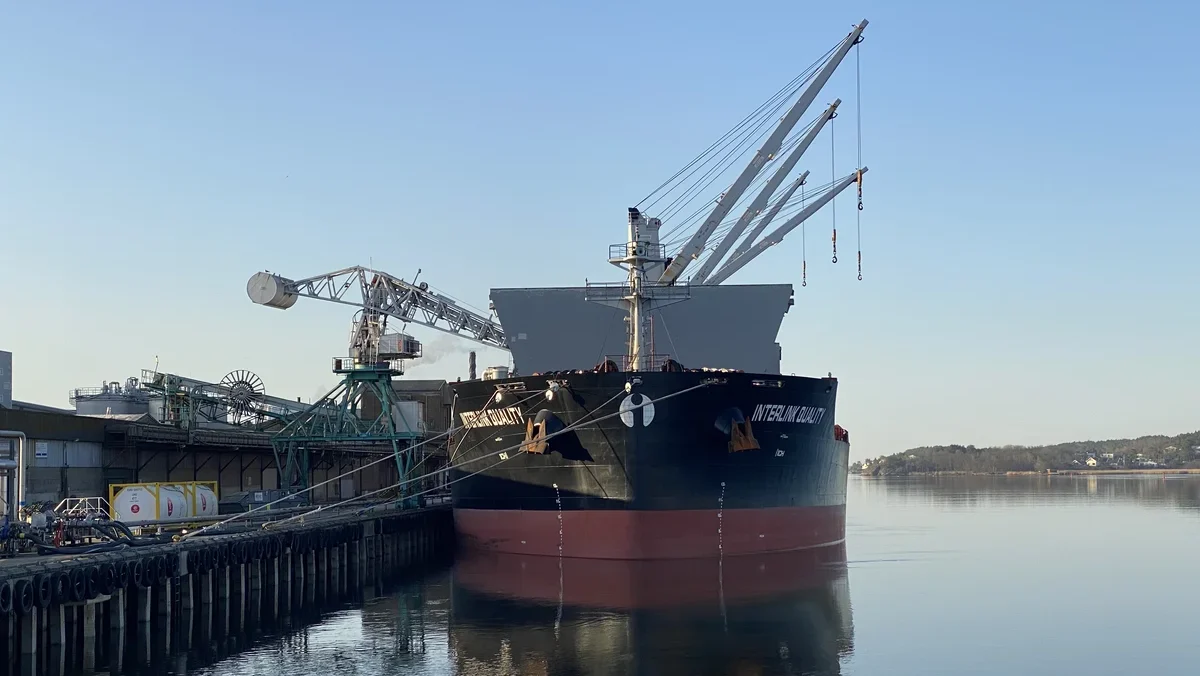
The dry bulk sector, which accounts for nearly half of the world’s fleet by deadweight. The top 10 dry bulk shipping companies, managing over 15%.
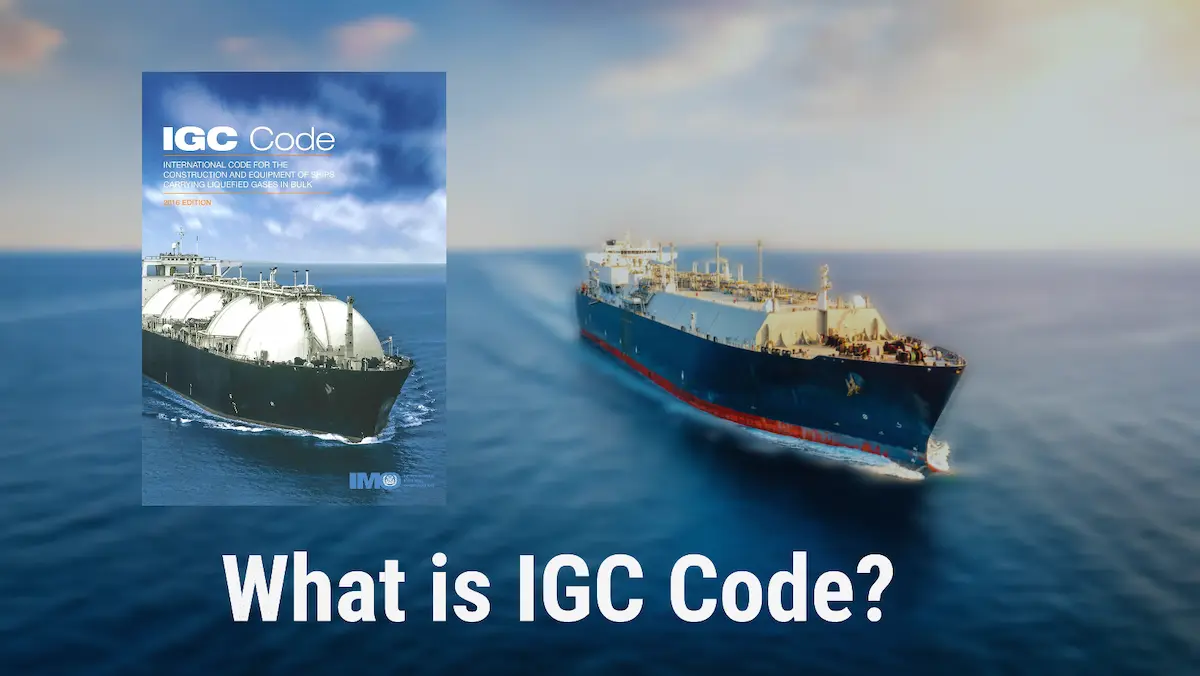
The IGC Code sets international safety standards for ships carrying liquefied gases like LNG and LPG, ensuring their safe transport under strict guidelines.
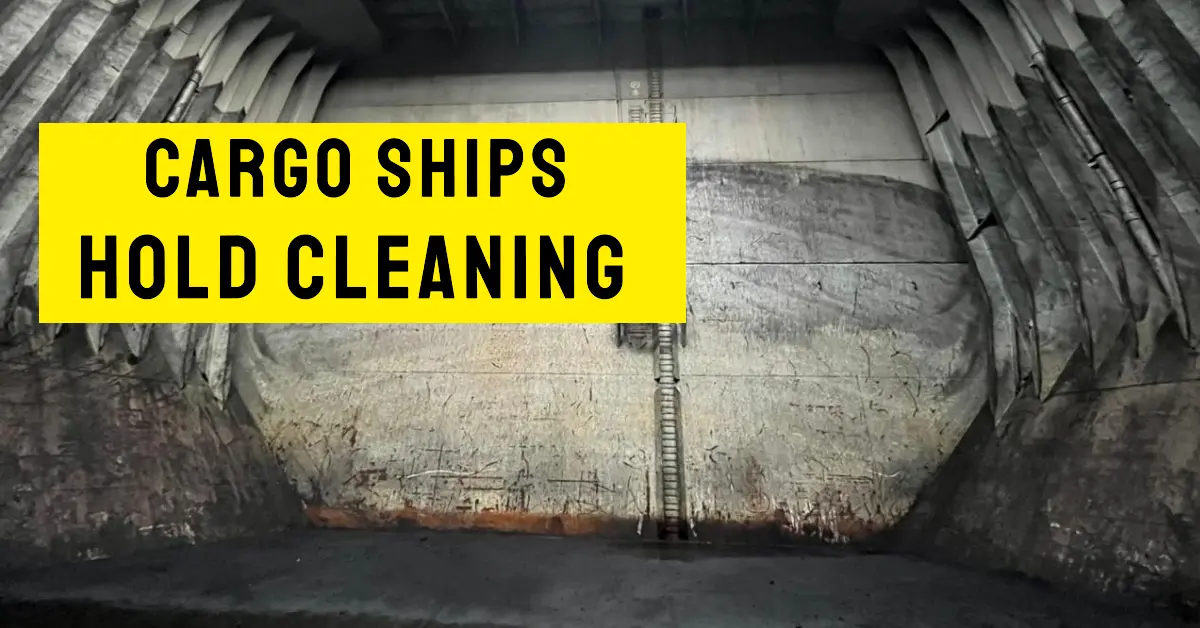
Explore cargo hold cleaning for cargo ships, its methods, challenges, and best practices. Ensure safety, efficiency, and compliance in maritime transport.